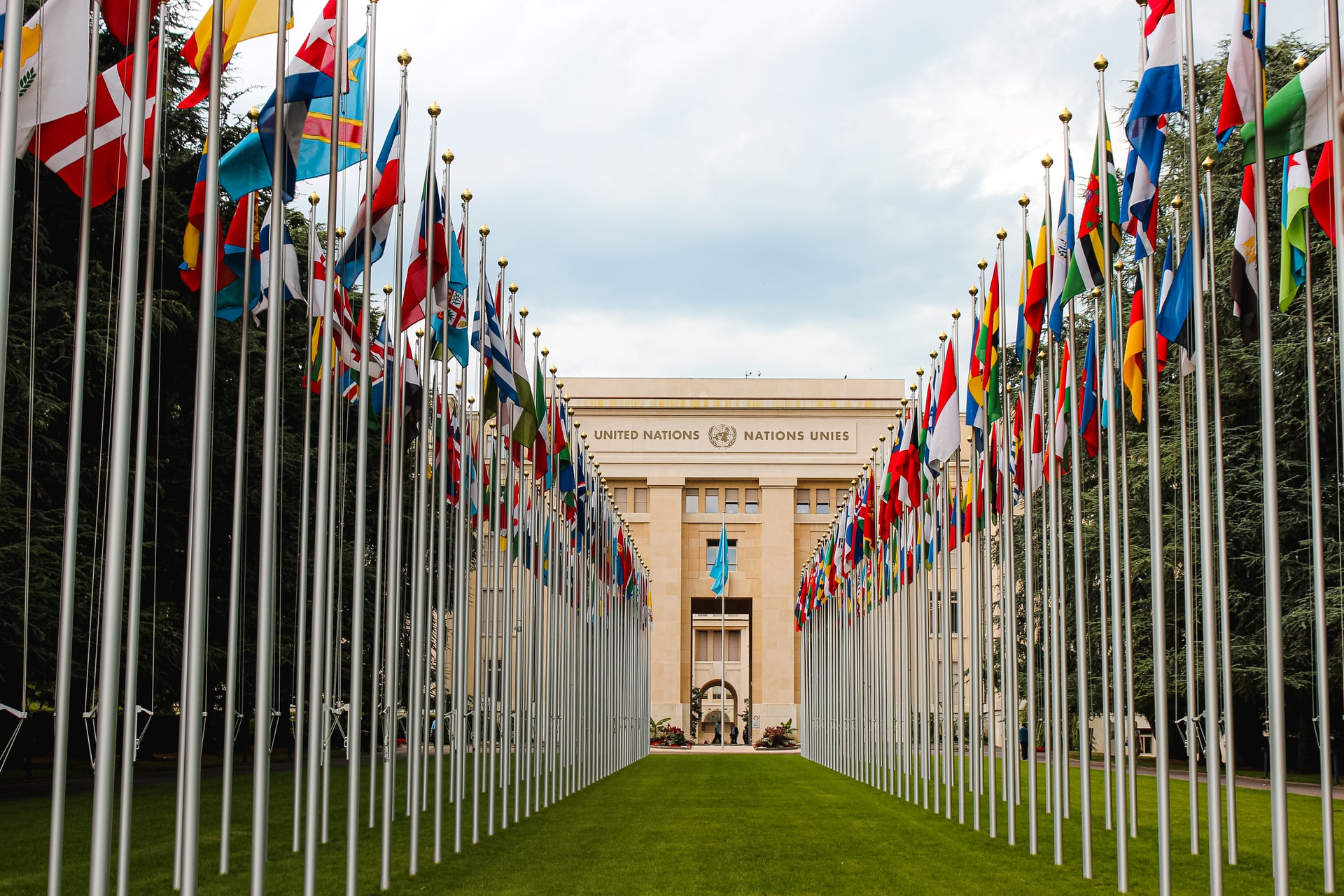
The Regional Comprehensive Economic Partnership (RCEP) is made up of 15 Southeast Asian countries (i.e. Brunei, Indonesia, Laos, Cambodia, Malaysia, Myanmar, Philippines, Singapore, Thailand, and Vietnam) and five of their FTA partners-Australia, China, Japan, New Zealand, and South Korea. These fifteen member countries account for about 30% of the world’s population and GDP, making it the largest Trade Block.
Importance of Regional Comprehensive Economic Partnership
The RECP isn’t as comprehensive and doesn’t cut tariffs as intensely as the TPP’s successor. That’s why many analysts think RCEP’s sheer size makes it more significant.
The trade pact, which includes a mix of high-income, middle-income and low income countries, was conceived at 2011 ASEAN Summit in Bali. Its debates were formally launched during the 2012 ASEAN Summit in Cambodia.
Regional Comprehensive Economic Partnership is the first and most beneficial trade agreement between China, Japan, and South Korea. It also seemed that it is the first multilateral free trade agreement to include China. At the time it was signed, analysts predicted it would help rouse the economy amid the Covid-19 pandemic and drag the economic center of gravity towards Asia.
Attachment of members with RECP
For beginners, leaders expect that the pact will help to spur recovery from the corona virus pandemic.
The Chinese Premier said,
“Under the current global circumstances, the fact the RCEP has been signed after years of negotiations brings a ray of light and hope amid the clouds.”
Mr Li also described the agreement as “a victory of multilateralism and free trade”.
India was also the part of the negotiation, but it pulled out over last year because lower tariffs could hurt local producers.
Members of the regional comprehensive economic partnership makeup almost a third of the world’s population and account for 29% of the global gross domestic product. The new trade free bloc will be larger than both the US-Mexico-Canada Agreement and the European Union.
Regional Comprehensive Economic Partnership’s future work
The RCEP is expected to reduce a range of tariffs on imports within 20 years. More over it also includes provisions on intellectual property, telecommunications, financial services, e-commerce and professional services.
It’s possible the new “rule of origin” which publicly define where a product comes from – will have the biggest impact. But already many member states have free trade agreements (FTA) with each other, but there are restrictions.
Businesses with global supply chains may face tariffs even within an FTA because their products hold components that are made elsewhere.
Under Regional Comprehensive Economic Partnership, parts from any member nation would be treated equally. It might be give companies in RCEP countries a motivation look within the trade region for suppliers.
Who is likely to benefit?
The Peterson Institute for International Economics estimates the deal could boost global national income by $186bn annually by 2030 and insert 0.2% into the economy of its member states.
However, some analysts imagine the deal is likely to benefit China, Japan and South Korea more than other member states

